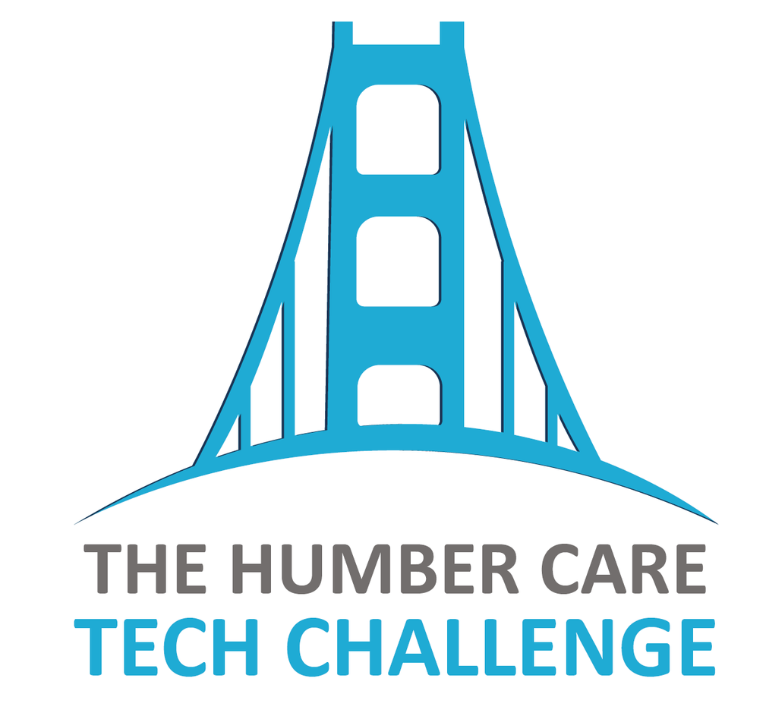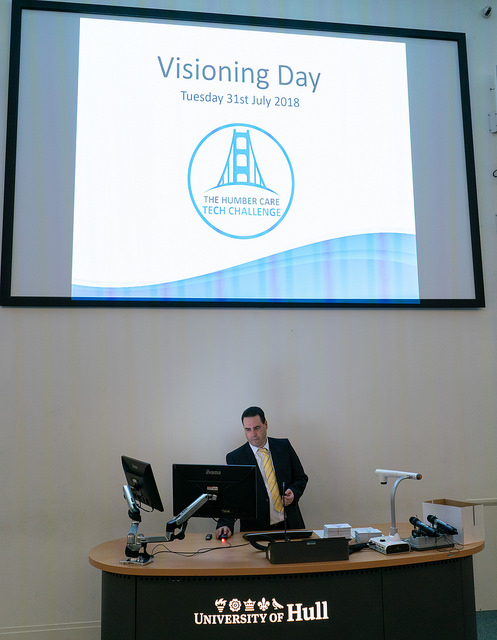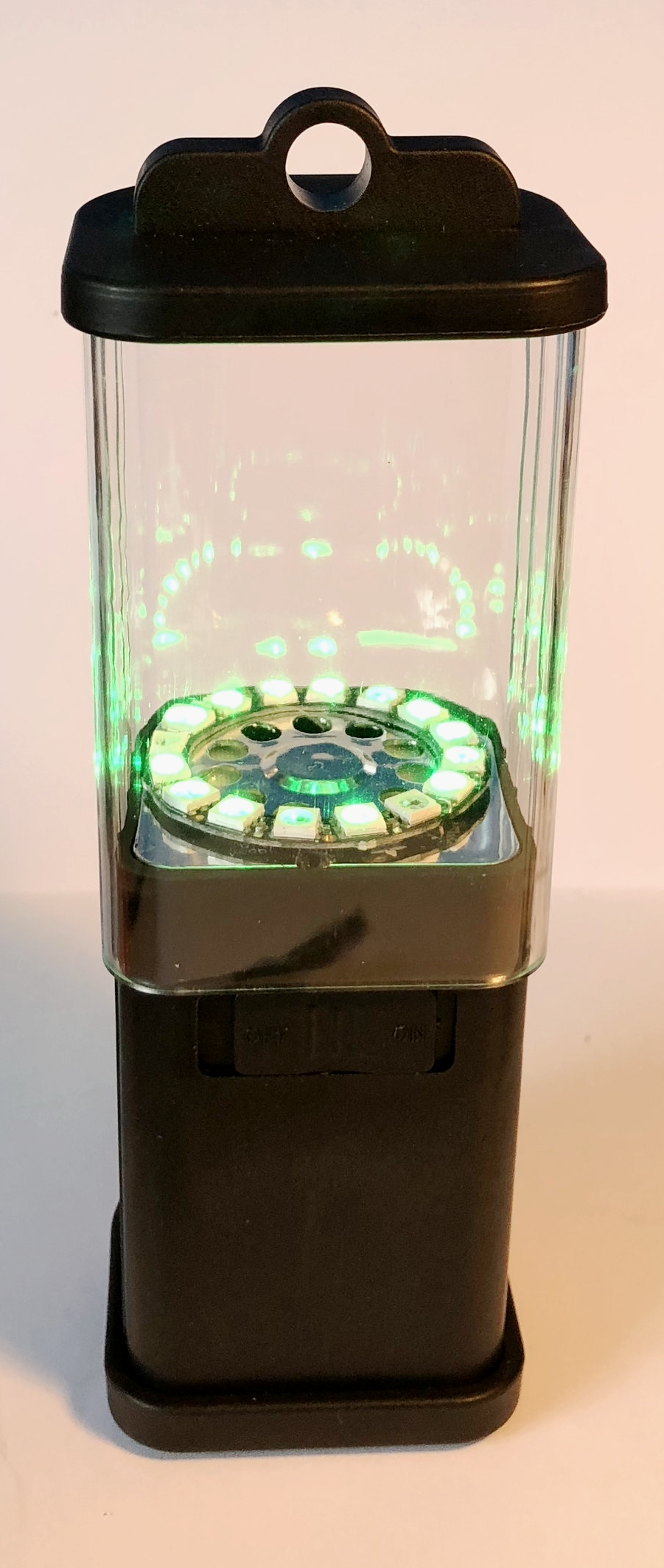Making a lightbox
/Yesterday I had a bit of a cold. Today I seem to have got all of it. So I feel rubbish; what better time to do something silly. I've decided to make a letter light for number one grandchild. See if you can use your skill and judgement to work out her name from the above picture.
I found a really nice design on Thingiverse for letter boxes, but I would have had to stick them all together and make a box to put them in and so on and so on. No fun. So I've written a little Python program that runs inside FreeCad to grab the STL designs, convert them into FreeCad shapes, stick them all together, create a backplane for the light box and then a plinth to put them in. I've even added a hole for the power socket and wall mounting holes.
I've discovered that I can just handle a six letter word if I print diagonally on Una my Ultimaker original - still doing a sterling job after six years. The light boxes are 30mm in size and a perfect fit for some waterproof neopixels that I had lying around.
I'm printing out the bits and fitting them together at the moment. I'm going to make a modification that lets you make a box with multiple lines and then when it's all working well I'll put the code up on GitHub.
































